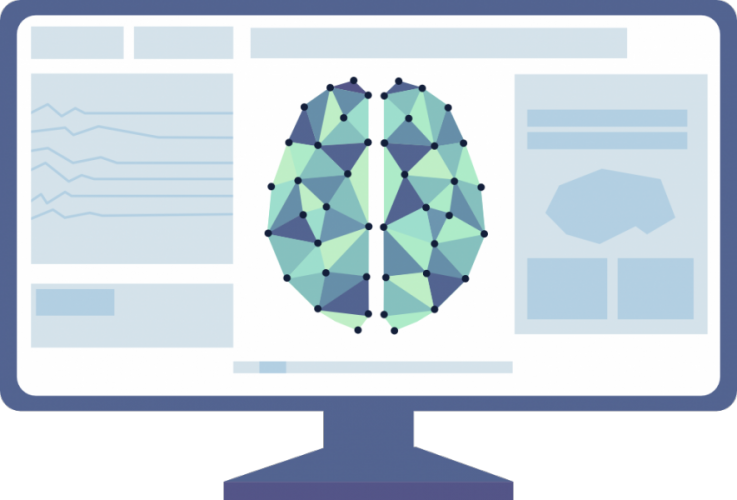"We've become quite good at collecting data to take the brain apart into individual pieces [….] The difficulty we have is how to pull it back together," said Dr. Anthony Randal McIntosh, University of Toronto Psychology Professor and Director of the Baycrest Centre’s Rotman Research Institute.
On Jan. 10, Dr. McIntosh spoke at the Montreal Neurological Institute (MNI) at a seminar entitled “Bridging clinical and cognitive neuroscience with large-scale computational modelling.”
Dr. McIntosh has been a vital figure in the rapidly expanding field of network neuroscience, which explores how different brain regions interact with each other over time.
With advancements in active brain imaging technology, it’s possible to see where spots of the brain light up’ during given tasks; however, static images often neglect the ways in which different brain regions are highly interconnected and incredibly dynamic, even at rest.
Along with a group of software developers and other neuroscientists, Dr. McIntosh led the creation of TheVirtualBrain (TVB), a free, open-source modelling platform that allows anyone to create a simulation of a brain. TVB uses real-life neuroimaging data from methods like functional magnetic resonance imaging (fMRI), which maps activity over time by tracking blood flow in the brain.
"[The brain] is a very complex system," Dr. McIntosh said. "Complex systems tend to operate as a network, so in order to understand them, we actually have to really capture the network dynamics."
Network neuroscience relies on a branch of mathematics called graph theory, where brain regions of interest can be viewed as ‘nodes.’ The connections between pairs of nodes—or the flow of information between brain regions—can be represented by ‘edges.’ It's an intricate, ever-changing game of connect-the-dots that has been applied to several other fields. For instance, graph theory has been used to analyze relationships in social networks.
Like many other biological sciences, neuroscience turns to computers to find new ways of looking at empirical data—that is, real-life observations—through a network perspective.
"I use the modelling approach to constrain possibilities, to test hypotheses […,] and to take it back, then, to empirical approaches to validate that," Dr. McIntosh said. “It’s a nice reciprocal loop.”
These models are sets of equations and values that tell the simulated brain, with its nodes and edges, how to behave. From there, the simulated brain can be manipulated and visually represented in different ways. Without TVB, scientists would need to perform deep brain stimulation (DBS) or transcranial magnetic stimulation (TMS) for controlled activation of certain areas of the brain.
"You can look at what happens to the network dynamics when you start poking [the virtual brain], like you would for DBS […] or TMS," Dr. McIntosh said. "Are there certain areas that are more effective in transmitting the stimulation?"
Each person's brain connectivity—also known as their connectome—is unique. Brain simulations can be helpful in clinical settings, where virtual brains can be created for each individual patient. For example, by programming and analyzing the unique virtual connectome of a patient who suffers from seizures, scientists can study where in the brain the seizure starts and how activity propagates to other brain regions.
The same can be inferred from stroke patients. Relationships can be found between a patient's behavioural performance during rehabilitation and patterns of certain connections. These models can be used to propose possible interventions before testing them out on real patients.
Dr. McIntosh concluded the seminar with a nod to MNI's recent effort to make research data as available and collaborative as possible. Though network neuroscience is still a relatively young field, there is more to come in its cognitive and clinical applications.
"This is work in the spirit of the open science initiative that McGill has embraced,” Dr. McIntosh said. “The success of things like the modelling platform, the success of neuroinformatics, [and] the success of being able to use this to understand clinical conditions really requires community input."






